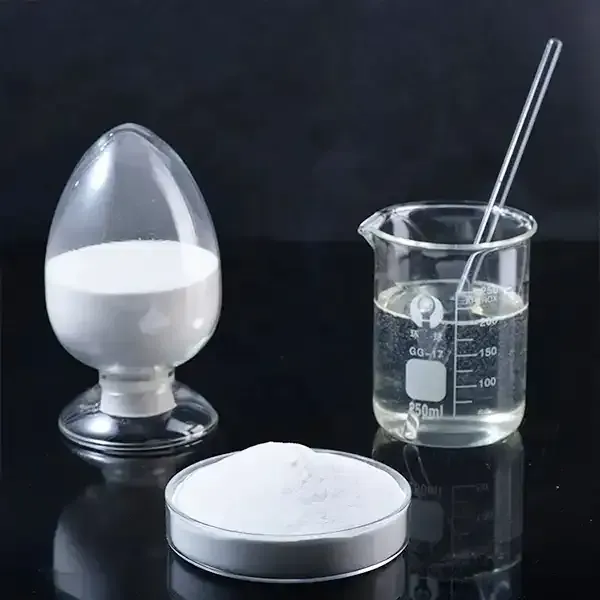Understanding Cellulose Ethers A Key Ingredient in Modern Applications
Cellulose ethers are a vital class of compounds derived from cellulose, a natural polymer found in the cell walls of plants. These ethers are formed by the chemical modification of cellulose, where hydroxyl groups in the cellulose molecule are replaced with ether groups. This modification enhances the functional properties of cellulose, making cellulose ethers a popular choice in various industries, including pharmaceuticals, food, cosmetics, and construction.
One of the most prominent types of cellulose ethers is methyl cellulose (MC). Methyl cellulose is widely used as a thickening agent, emulsifier, and film-forming agent. Its ability to form gels when heated, which reverses upon cooling, makes it particularly useful in culinary applications, such as in the preparation of vegan alternatives to egg whites and in sauces to achieve the desired thickness without compromising on texture.
Another significant cellulose ether is hydroxypropyl methylcellulose (HPMC), known for its water-retention properties and excellent stability. HPMC is extensively utilized in the pharmaceutical industry in the formulation of tablets, providing controlled-release properties that enhance drug delivery. Its applications extend to the construction industry, where it is used in dry-mix mortars to improve workability and adhesion.
Cellulose ethers are also crucial in the cosmetic and personal care sectors
. They serve as thickeners and stabilizers in various products, such as lotions, shampoos, and creams, providing a smooth texture and enhancing product performance. The ability of cellulose ethers to retain moisture makes them invaluable in skincare formulations aimed at hydrating and protecting the skin.cellulose ethers

The environmental benefits of cellulose ethers cannot be overlooked. Being derived from a renewable resource—cellulose—these compounds promote sustainable practices. Additionally, they are biodegradable, reducing their environmental impact compared to synthetic alternatives. This is increasingly important in a world where eco-friendliness and sustainability are at the forefront of consumer demand and regulatory standards.
In the food industry, cellulose ethers function as artificial sweeteners and food additives. They help in stabilizing emulsions, enhancing the texture of food products, and improving shelf-life. For example, carboxymethyl cellulose (CMC) is a widely used additive in ice creams and baked goods, preventing ice crystal formation and maintaining product consistency.
Despite their numerous advantages, the production and use of cellulose ethers are not without challenges. The synthesis process can be complex and may involve the use of environmentally hazardous chemicals. Therefore, ongoing research is focused on developing greener and more efficient methods for producing cellulose ethers, minimizing potential environmental damage.
In summary, cellulose ethers are versatile and essential compounds with numerous applications across various industries. Their unique properties stem from the modification of cellulose, allowing them to function as thickeners, stabilizers, and emulsifiers. As industries continue to prioritize sustainability and eco-friendliness, cellulose ethers will remain an important ingredient, bridging the gap between natural resources and modern technological applications. Understanding their properties and applications can pave the way for innovative uses and more efficient production processes in the future.
-
Rdp Powder Bonding Strength Enhancement in Tile AdhesiveNewsAug.28,2025
-
Hydroxypropyl Methyl Cellulose Water Retention in Cement MortarNewsAug.28,2025
-
Hpmc Detergent Grade Foam Stability in Liquid SoapsNewsAug.28,2025
-
Construction Adhesive HPMC Water Retention for Tile BondingNewsAug.28,2025
-
Chemical Auxiliary Agent HPMC Thickening in Wall PuttyNewsAug.28,2025
-
Building Adhesive HPMC Anti-Crack Properties in Cement BlendsNewsAug.28,2025




